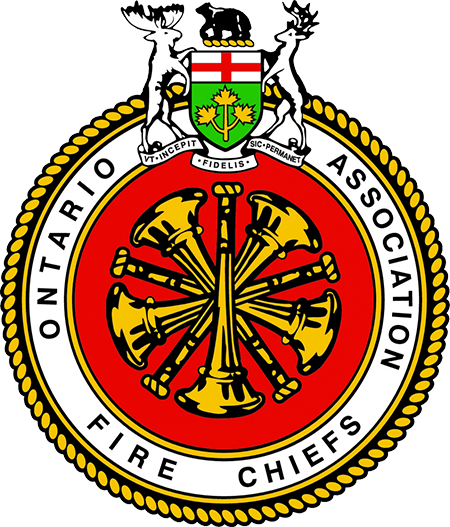Where’s the fire?
That’s the question some Muskoka Lakes councillors asked of staff at the Oct. 15 monthly meeting, during discussions on a recommendation regarding a fire station location study.
The study — the origin coming from the 2022 fire master plan, a detailed study of fire station alignment — recommends a seven-station model for improved service and cost efficiency, rather than the present 10-station model.
The current 10-stations model has a 40-year capital cost of $166.4 million; the seven stations option costs $93.2 million; while the five stations model costs $91.1 million.
“Overall, staff remain confident that the seven-station model affords the required fire protection while balancing the responsible capital tax-funded investment with the needed upgrades identified in the fire station location study,” said Fire Chief Ryan Murrell in his report to council.
“Council could direct staff to choose a different station model. This is not recommended, as it was not the original recommendation of the fire station location study consultant and does not balance fiscal sustainability against service level performance.”
Under this proposal, the Torrance, Glen Orchard and Raymond stations would be closed over four years, from 2030 to 2034.
The Walker’s Point and Windermere stations would be renovated (to start in 2029 and 2033, respectively), and there would be new builds for the Minett (starting 2027), Foot’s Bay (2031), Milford Bay (2035) and Bala (2039) stations.
The Port Carling station is not part of this study as it is the newer station.
There were three public meetings held regarding the proposed seven-station model and one Zoom meeting in September.
Comments were also solicited from the public online until Sept. 26. The survey received 57 responses, most in support for the status quo of 10 stations.
One comment read: “Reducing fire halls and making many residences more than five km from a fire station (is) not only more dangerous, but will heavily impact insurance property rates.”
Some respondents backed the proposed seven-station model. “The 7 station model appears to make sense for our area,” read a comment.
Some councillors were still concerned about accepting the recommendation at present and didn’t want to move the process along too quickly.
“Not sure why we had to rush this,” said Coun. Ruth Ellen Nishikawa. “That’s the biggest thing, because, quite frankly, it was only a couple of weeks ago that we actually had our public meeting.”
“The overall thing that came across for me with the public meeting was everyone feels like this was our fire station. We built it,” added Coun. Mary Ellen McIntyre.
“Perhaps instead of moving forward so quickly, what we need to do is just slow down and start to get the community, committee or whatever we want to call it involved so that they feel they’re part of developing the process as we go forward. And I think that would help a lot in terms of alleviating people’s concerns and feeling like they do have some sort of stake in game.”
Not everyone around the table shared the idea of slowing down the process.
Coun. Susan Mazan called the implication that the fire location study had been rushed “a disservice to the group sitting around this table.”
“I can look any one of my constituents in the eye and let them know that we’ve been sitting around this table as a body, making decisions, guided by professionals, guided by consultants, asking questions consistently through this entire process. So to imply differently, I feel, is an insult to me personally, but certainly an insult to the body sitting around this table,” she said.
Council passed the motion, adopting the seven-station model contained within the fire station location study. The motion also allows staff to update the township’s 10-year capital plan to accommodate the financial impact.
